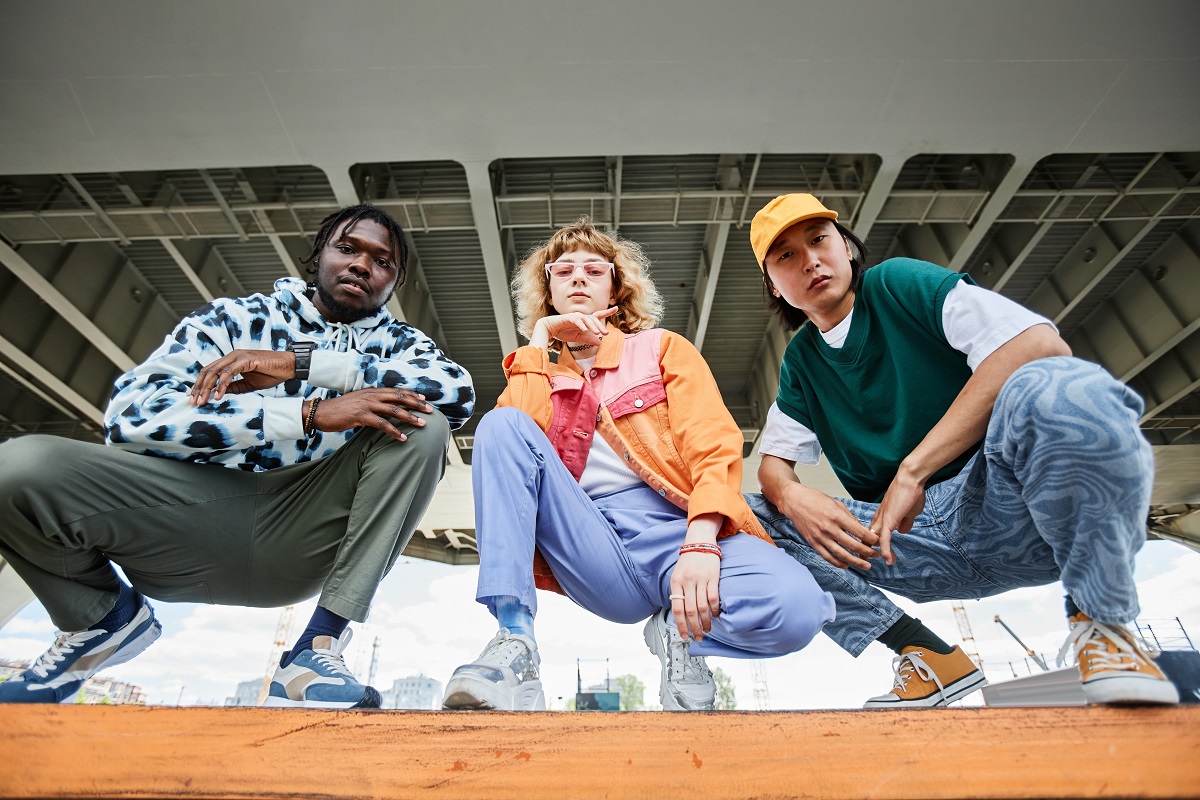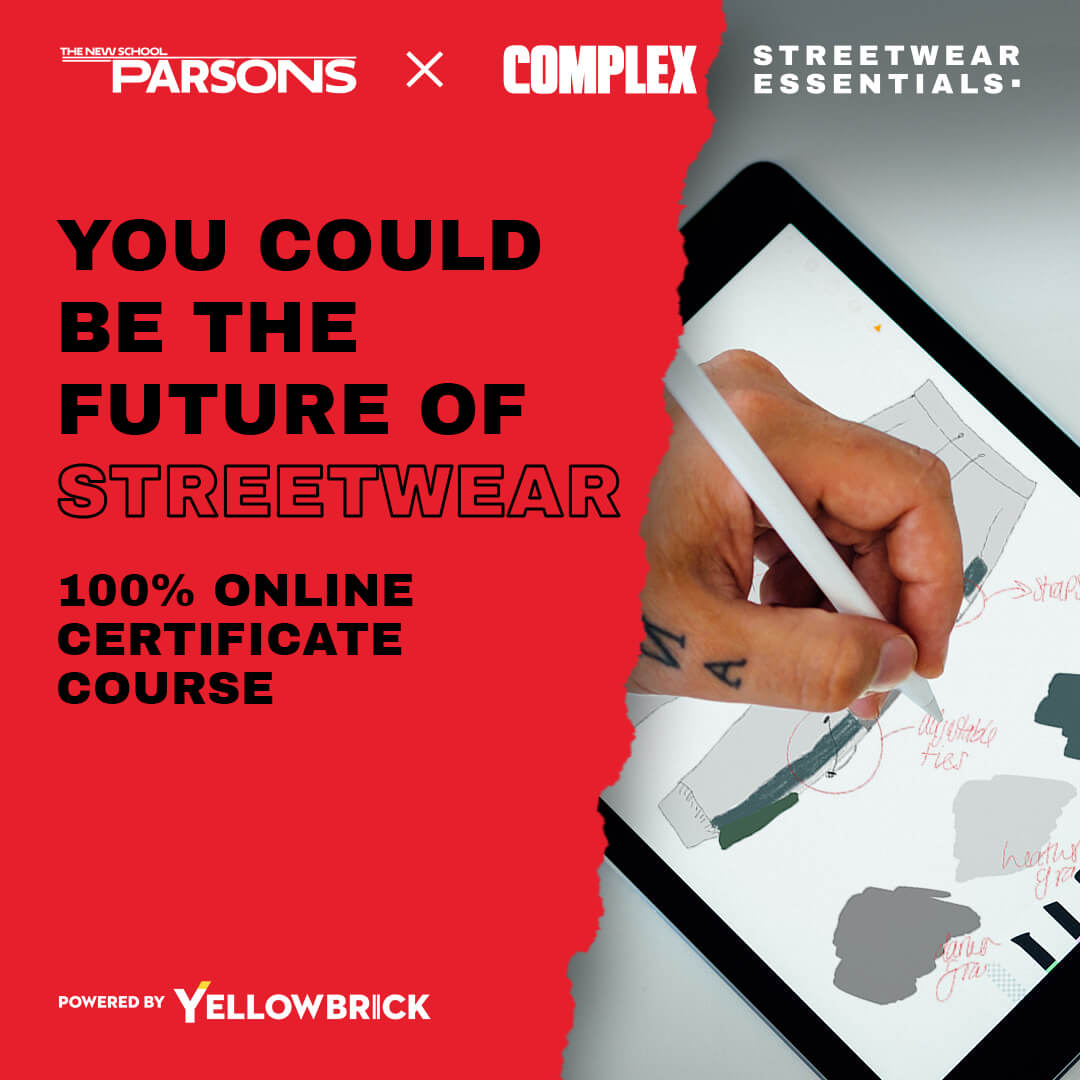Streetwear fashion is more than just clothing; it’s a cultural movement that blends elements of urban lifestyle, music, art, and self-expression. Designing streetwear involves a mix of creativity, trend analysis, and technical skills.
Whether you’re creating a new collection or starting a streetwear brand, understanding the design process is key to producing stylish and impactful pieces. Below is a step-by-step breakdown of the streetwear fashion design process.
Research and Inspiration
The first step in designing streetwear is gathering research and inspiration. Designers pull ideas from urban culture, skateboarding, hip-hop, graffiti, and social movements. Streetwear thrives on authenticity and often reflects the voices of subcultures and emerging trends. Studying past and present influences helps in crafting designs that resonate with the audience.
Concept Development
Once inspiration is gathered, designers develop a concept for their collection. This phase includes sketching ideas, creating mood boards, and defining the brand’s aesthetic. Streetwear is often defined by bold graphics, oversized silhouettes, and unique fabric choices, so designers experiment with these elements to craft a fresh perspective.
Design Sketching and Rendering
Sketching is crucial for translating ideas into visual concepts. Streetwear designers create hand-drawn or digital sketches to refine their designs. Renderings help bring the sketches to life, showcasing graphic placements, layering techniques, and overall fit. Many designers use digital tools like Adobe Illustrator or Procreate to enhance their sketches.
Fabric Selection
Fabric plays a significant role in the feel and functionality of streetwear. Cotton, denim, fleece, and technical fabrics like Gore-Tex are popular choices. Designers consider durability, comfort, and aesthetic appeal when selecting materials. The right fabric can define the garment’s streetwear appeal, whether it’s a heavyweight hoodie or a lightweight nylon windbreaker.
Pattern Making
Pattern-making transforms sketches into actual garments. This step involves creating precise templates that dictate the cut and shape of each piece. Since streetwear often features oversized or relaxed fits, designers ensure patterns maintain the desired proportions while allowing for movement and comfort.
Garment Construction
Once patterns are finalized, the garments are constructed. This step includes cutting fabric, sewing, and adding details like embroidery, screen printing, patches, or distressing. High-quality craftsmanship is crucial, as streetwear pieces are often scrutinized for their attention to detail and durability.
Fittings and Adjustments
Fittings are essential to perfect the garment’s fit and aesthetic. Designers test the pieces on models or mannequins to check proportions and overall look. Adjustments may be needed to ensure comfort and alignment with the original vision. This stage ensures that each piece meets quality standards before mass production.
Fashion Show Preparation
Fashion show preparation is crucial for designers showcasing their streetwear collections. This involves styling the looks, casting models, planning the runway presentation, and ensuring every detail aligns with the brand’s message. Streetwear shows often incorporate music, video visuals, and immersive experiences to captivate the audience.
Marketing and Promotion
Streetwear thrives on strong branding and effective marketing. Designers leverage social media, collaborations, influencer partnerships, and limited drops to create hype around their collections. Platforms like Instagram, TikTok, and YouTube play a significant role in promoting streetwear brands and engaging with their audience.
Industry Networking and Collaboration
Building a network within the streetwear industry is essential for long-term success. Attending fashion events, collaborating with other brands, and connecting with influential figures can open new opportunities. Streetwear thrives on partnerships, whether it’s a sneaker collaboration or a capsule collection with a major artist.
Conclusion
Streetwear fashion is a dynamic fusion of creativity, culture, and self-expression. From research and concept development to garment construction and marketing, every step of the design process plays a crucial role in bringing a collection to life.
As the industry continues to evolve, staying authentic, innovative, and connected to the community is key to success. Whether you’re an aspiring designer or a seasoned creator, embracing the essence of streetwear will help you craft pieces that resonate with audiences and leave a lasting impact.
Key Takeaways:
- The fashion design process involves research, concept development, sketching, fabric selection, pattern making, garment construction, fittings, fashion show preparation, marketing, and industry networking.
- Attention to detail, creativity, and technical skills are essential for success in the fashion industry.
- Building a strong network and engaging in collaborations can open doors to new opportunities in the competitive fashion landscape.
For further advancement in your fashion design journey, consider enrolling in the Parsons Streetwear Essentials online course and certificate program offered by Yellowbrick. This program provides valuable insights and hands-on experience in creating contemporary streetwear designs, enhancing your skills and industry knowledge.



